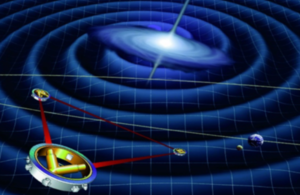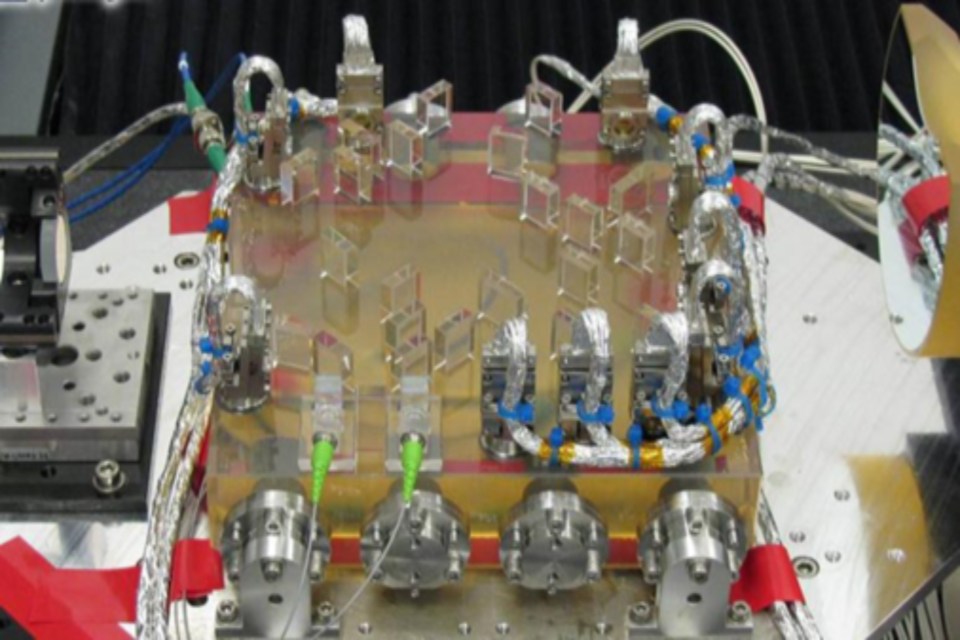LISA is a large science development mission for the ESA. LISA will be the first space-based gravitational wave observatory and is scheduled to launch in the middle of the 2030s.

ESA credit
Gravitational waves are tiny ripples in space-time that are thought to be caused by significant astronomical occurrences like star explosions and the merging of black holes in galaxies.
Einstein foresaw gravitational waves a century ago, but it was n’t until 2015 that ground-based observatories made the first conclusive discovery.
Even for large-scale events billions of light years away and objects that do n’t emit light, like black holes, this discovery presents scientists with an exciting prospect.
However, because measurements must be made over great distances to detect these minute perturbations, ground-based observations are constrained by background gravitational noise and the Earth’s curvature. The ability to observe cataclysmic events in space is still constrained because ground-based observatories can only pick up gravitational waves of the highest frequency.
A space-based observatory is required to capture the lower frequency waves and study them in more detail. This will necessitate three spacecraft flying in a triangular formation and being connected to one another by an unheard-of laser metrology system that can measure over distances of 1.5 million kilometers with an unprecedented level of precision, down to the few millionths or m2 meter.
Additionally, test masses must be housed inside the spacecraft in a state of gravitational free fall, completely cut off from their surroundings ( including those of the craft itself ). This means that gravitational waves, which stretch and contract the fabric of space and time, are the only factors that can account for any variations in the distance between the test masses that the lasers measure.
ESA launched Pathfinder to demonstrate that it could be done before launching on the much larger LISA mission because the technology requirements are so demanding. Pathfinder was a resounding success, surpassing all expectations and conclusively proving the viability of the measurement principles required for LISA. With assistance from the UK Space Agency, a group from Glasgow University created the optical bench for Pathfinder, an essential component of the laser metrology system.
In order to design the optical benches for LISA, the Glasgow team is now collaborating with UKRI- STFC’s Astronomy Technology Centre in Edinburgh.  , ++
In order to guarantee that UK scientists will be at the forefront of gravitational wave research when LISA is launched, the UK Space Agency is also funding the development of a CISA Data center in the country with significant contributions from Birmingham, Glasgow, Portsmouth, and Southampton Universities.

ESA/ATG credit
Source: gov.uk





![A number of questions asking about the store rotation programme with specific stores mentioned including Liverpool, Aylesbury, Solihull and Princes Risborough and some concern about M&S leaving city centres for out-of-town locations. Why is M&S [EXPAND]](https://whatsonkent.co.uk/wp-content/themes/vlog/assets/img/vlog_default.jpg)
 Please wait...
Please wait...
Add comment